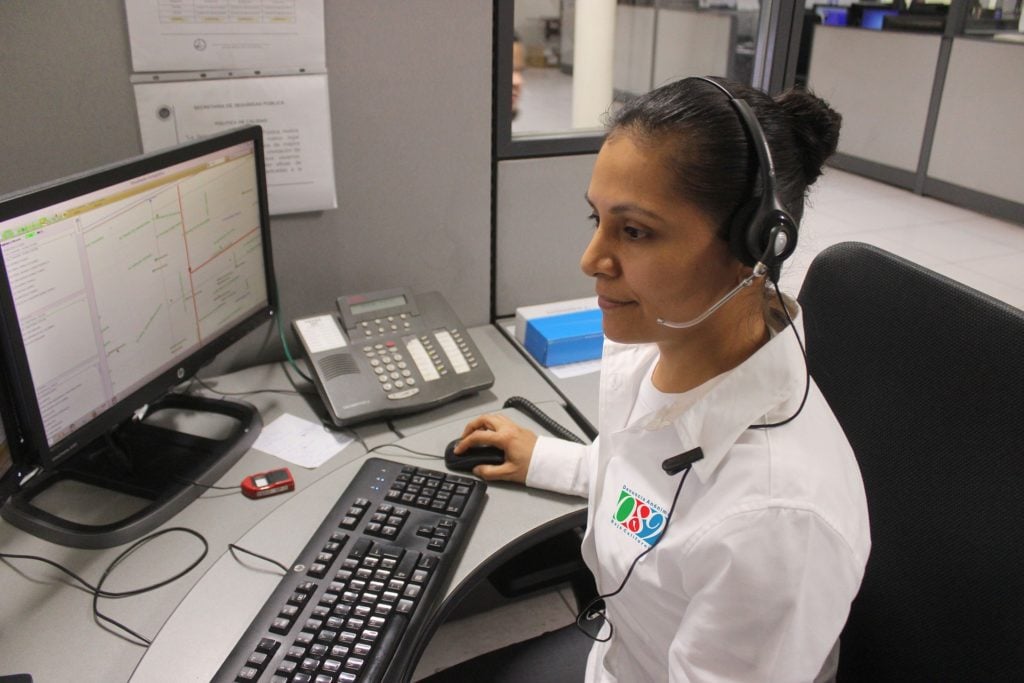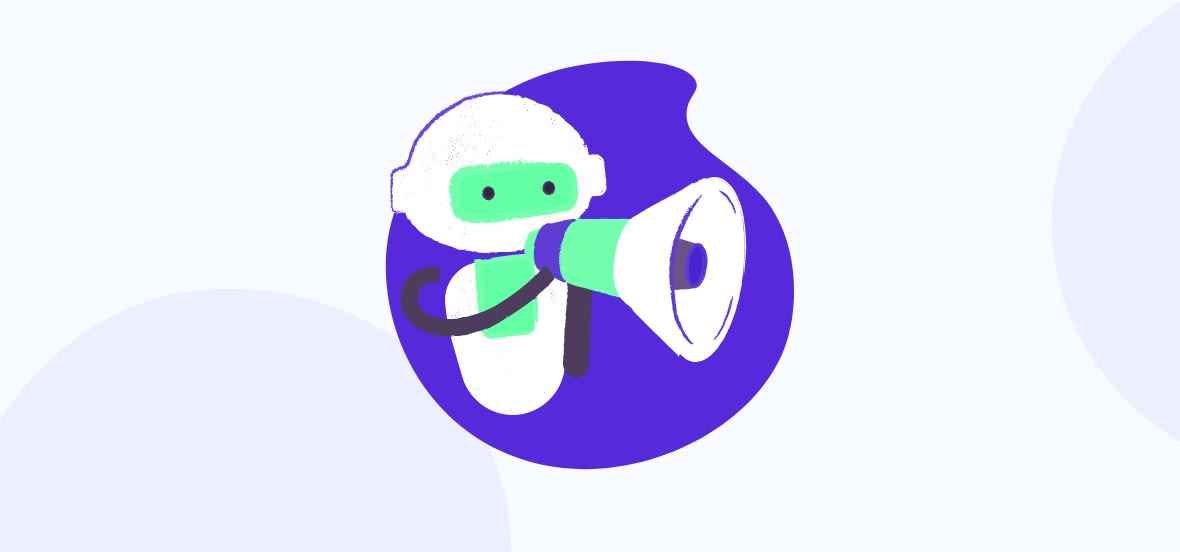All Categories
Featured
Table of Contents
- – What Is The Best Automated Answering Services -...
- – Which Is Best Telephone Answering Service - Vi...
- – What Is The Best What Are Call Answering Servi...
- – What Is The Best What Is An Answering Service...
- – What Is The Best Call Service: 24/7 Live Phon...
- – Who Is The Best The Best Answering Service F...
What Is The Best Automated Answering Services - How Do They Work? To Get Right Now
This device and its successors were designed by Sava Jacobson, an electrical engineer with a personal consulting service. While early answering devices utilized magnetic tape innovation, a lot of contemporary equipment utilizes solid state memory storage; some devices utilize a combination of both, with a solid-state circuit for the outbound message and a cassette for the incoming messages.
"toll saving" listed below) (phone call answering). This is helpful if the owner is screening calls and does not wish to talk with all callers. In any case after going, the calling party ought to be informed about the call having been responded to (for the most part this begins the charging), either by some remark of the operator, or by some greeting message of the little, or resolved to non-human callers (e.
This holds particularly for the TADs with digitally saved greeting messages or for earlier makers (prior to the increase of microcassettes) with a special limitless loop tape, separate from a 2nd cassette, devoted to recording. There have actually been answer-only gadgets without any recording capabilities, where the greeting message had to inform callers of a state of current unattainability, or e (virtual telephone answering).
Which Is Best Telephone Answering Service - Virtual Receptionist - Apso Company

about schedule hours. In tape-recording Little bits the welcoming typically consists of an invitation to leave a message "after the beep". An answering machine that uses a microcassette to tape messages On a dual-cassette answerphone, there is an outgoing cassette, which after the defined variety of rings plays a pre-recorded message to the caller.

Single-cassette voice mail consist of the outgoing message at the beginning of the tape and incoming messages on the remaining area. They initially play the announcement, then fast-forward to the next readily available area for recording, then tape the caller's message. If there are numerous previous messages, fast-forwarding through them can cause a substantial delay.
This beep is typically described in the welcoming message, requesting that the caller leave a message "after the beep". Little bits with digital storage for the recorded messages do not reveal this hold-up, obviously. A TAD might offer a remote control center, where the answerphone owner can call the home number and, by going into a code on the remote telephone's keypad, can listen to tape-recorded messages, or delete them, even when away from home.
What Is The Best What Are Call Answering Services? - Explained Available

Consequently the device increases the variety of rings after which it addresses the call (typically by two, resulting in four rings), if no unread messages are currently kept, however answers after the set variety of rings (generally two) if there are unread messages. This allows the owner to discover whether there are messages waiting; if there are none, the owner can hang up the phone on the, e.
Some makers also enable themselves to be remotely activated, if they have been turned off, by calling and letting the phone ring a specific a great deal of times (generally 10-15). Some company desert calls already after a smaller variety of rings, making remote activation difficult. In the early days of Littles an unique transmitter for DTMF tones (dual-tone multi-frequency signalling) was regionally required for remote control, considering that the formerly used pulse dialling is not apt to convey appropriate signalling along an active connection, and the dual-tone multi-frequency signalling was executed stepwise.
Any inbound call is not identifiable with regard to these residential or commercial properties in advance of going "off hook" by the terminal equipment. So after going off hook the calls should be switched to suitable gadgets and just the voice-type is right away accessible to a human, however possibly, nevertheless should be routed to a LITTLE (e.
What Is The Best What Is An Answering Service And Why Use One? In The World
What if I informed you that you do not have to actually select up your gadget when addressing a consumer call? Another person will. So convenient, ideal? Answering phone calls does not require someone to be on the other end of the line. Effective automated phone systems can do the technique simply as efficiently as a live agent and in some cases even better.
An automated answering service or interactive voice action system is a phone system that communicates with callers without a live individual on the line - answering service. When business use this innovation, customers can get the answer to a question about your organization just by utilizing interactions established on a pre-programmed call flow.
Although live operators update the consumer service experience, many calls do not need human interaction. A basic recorded message or directions on how a consumer can recover a piece of details typically solves a caller's immediate requirement - reception services. Automated answering services are an easy and effective method to direct inbound calls to the best individual.
What Is The Best Call Service: 24/7 Live Phone Answering Services For Small ... Out Right Now
Notification that when you call a business, either for support or item inquiry, the very first thing you will hear is a pre-recorded voice welcoming and a series of options like press 1 for customer care, press 2 for inquiries, and so on. The pre-recorded choices branch off to other options depending upon the client's selection.
The phone tree system assists direct callers to the best individual or department utilizing the keypad on a mobile phone. In some instances, callers can use their voices. It deserves noting that auto-attendant options aren't limited to the ten numbers on a phone's keypad. Once the caller has actually chosen their first choice, you can design a multi-level auto-attendant that utilizes sub-menus to direct the caller to the best kind of assistance.
The caller does not have to communicate with a person if the auto-attendant phone system can handle their issue. The automated service can route callers to an employee if they reach a "dead end" and need help from a live agent. It is expensive to employ an operator or executive assistant.
Who Is The Best The Best Answering Service For Clinics Company
Automated answering services, on the other hand, are substantially less costly and provide significant cost savings at approximately $200-$420/month. Even if you don't have actually devoted staff to handle call routing and management, an automatic answering service improves performance by enabling your team to concentrate on their strengths so they can more efficiently spend their time on the phone.
A sales lead routed to client service is a lost shot. If a customer who has item concerns reaches the wrong department or receives insufficient responses from well-meaning employees who are less trained to deal with a particular kind of question, it can be a reason for aggravation and dissatisfaction. An automatic answering system can reduce the variety of misrouted calls, thus helping your staff members make much better usage of their phone time while maximizing time in their calendar for other tasks.
With Automated Answering Systems, you can develop a customized experience for both your personnel and your callers. Make a recording of your main welcoming, and just upgrade it frequently to reflect what is going on in your organization. You can produce as numerous departments or menu choices as you want.
Table of Contents
- – What Is The Best Automated Answering Services -...
- – Which Is Best Telephone Answering Service - Vi...
- – What Is The Best What Are Call Answering Servi...
- – What Is The Best What Is An Answering Service...
- – What Is The Best Call Service: 24/7 Live Phon...
- – Who Is The Best The Best Answering Service F...
Latest Posts
Eco-Friendly Business Phone Answering Services Near Me – NT
Cost-Effective Virtual Receptionist ( South East Queensland 4215)
Premium Virtual Phone Answering Near Me
More
Latest Posts
Eco-Friendly Business Phone Answering Services Near Me – NT
Cost-Effective Virtual Receptionist ( South East Queensland 4215)
Premium Virtual Phone Answering Near Me